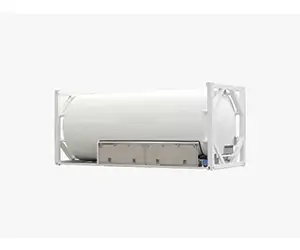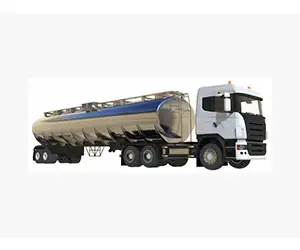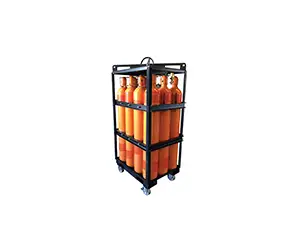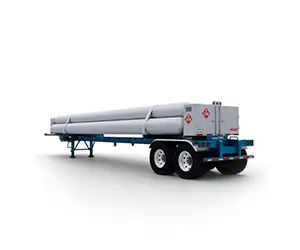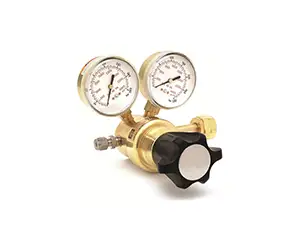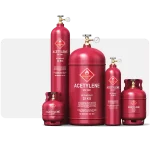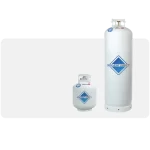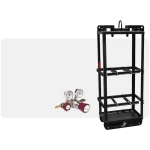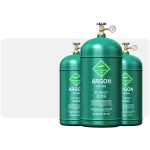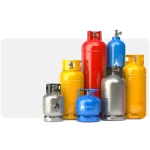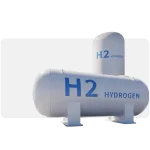Cryogenic tank
A cryotank or cryogenic tank is used to store materials at very low temperatures. Refrigeration tanks are used to store natural gases such as oxygen, argon, nitrogen, helium, hydrogen and other materials. Refrigerated tanks can store materials at the right temperature and pressure for shipping.
The term "cryotank" refers to the storage of supercooled fuels such as liquid oxygen and liquid hydrogen. Cryotanks and cryogenic techniques appear in many science fiction films, but are currently underdeveloped. All that needs to happen is that a human is loaded into the tank and then they can be frozen until whatever disease they have is cured and they can live even longer. It can also be used for space travel and saving human life in general.
The problem is that when the human body freezes, ice crystals form in the cells. The ice crystals then continue to expand and cause the cell wall to rupture, destroy or even destroy the integrity of the cell. This means that in order for people to undergo the cryogenic process, a way to significantly increase the level of glucose in the human body is required.

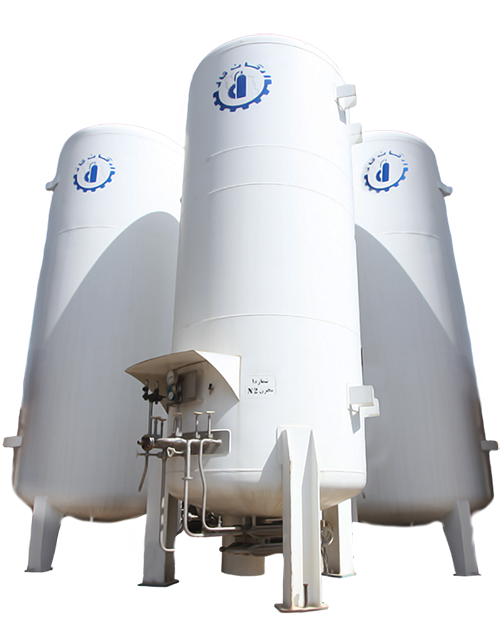
The use of a refrigerated tank guarantees the effective storage and transportation of refrigerated materials, which means an advantage in terms of storage space (because liquid gases occupy less space) and safety when handling these materials.
There are many different types of cryogenic tanks, while a common configuration consists of double-walled cylindrical tanks with inner tanks made of stainless steel and outer tanks made of carbon steel filled with insulating material. The choice depends on the specific liquid it contains and the size and storage capacity required.
These tanks have a pressure tank that is surrounded by a vacuum tank and is used to create a vacuum between the outer wall and the pressure tank. There are two intermediate and internal thermal shields between the outer wall of the vacuum tank and the pressure tank, which prevents the transfer of heat from the vacuum tank to the pressure tank. The heat taken by the intermediate thermal shield is absorbed by the liquid nitrogen, which is inside the liquid nitrogen container. The heat taken by the internal heat shield is preferably absorbed by the liquid neon which is located inside the liquid neon storage tank.
Neon and nitrogen change phase by absorbing heat and vaporize, in this way, to avoid breaking the liquid nitrogen container, nitrogen is vented to the atmosphere in a period of time. On the other hand, the vaporized neon flows towards the can containing the charcoal, because the charcoal is a neon absorber and is used for its recycling. Features of the cryogenic tank, to store the cryogenic liquid, which is one of helium, hydrogen and neon gases. to include:
The pressure tank contains the cryogenic liquid, the vacuum tank that surrounds the pressure tank with a certain distance and this distance is used to create a vacuum between the outer wall and the pressure tank. The inlet line and the vent line are connected with the vacuum tank and the pressure tank, respectively, which are used to fill the pressure tank with cryogenic liquid and to discharge steam from the cryogenic liquid that has boiled. From an intermediate heat shield between the outer wall of the vacuum tank and The pressure tank is used to separate the heat so that the heat does not transfer from the vacuum tank to the pressure tank. An insulating layer is located between the heat shield and the outer wall of the vacuum tank, and the second layer is between the heat shield and the pressure tank. The container of liquid nitrogen is made of thermally conductive material, which is in contact with the heat of the middle thermal shield. This container contains liquid nitrogen, which absorbs the heat taken by the middle heat shield, and the nitrogen changes phase and becomes vapor.
 Persian
Persian Englisg
Englisg Arabic
Arabic
